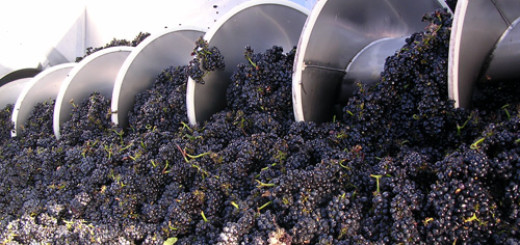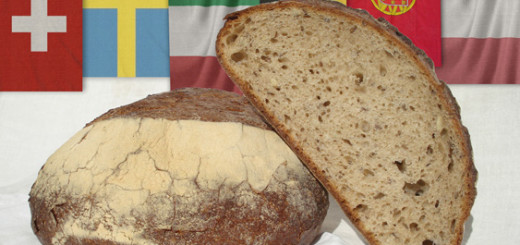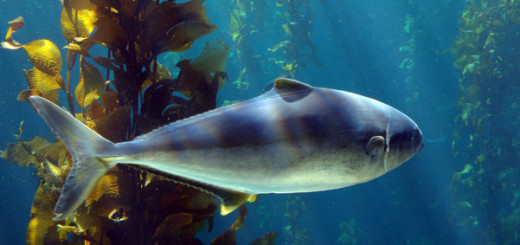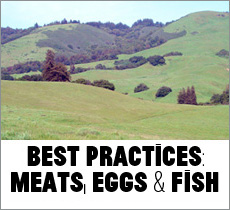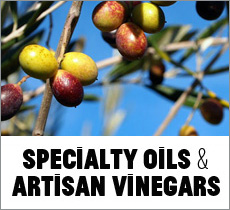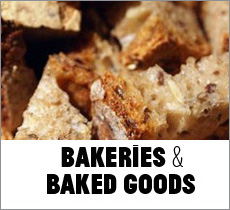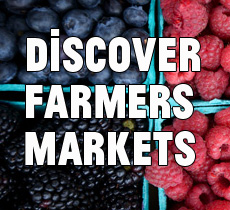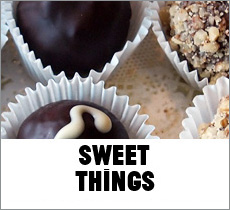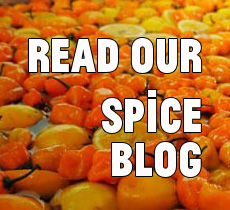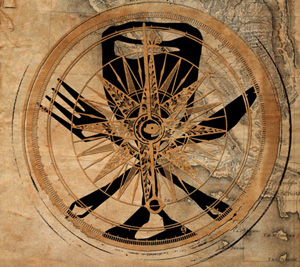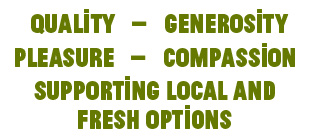Chardonnay, A Perspective
Sorry Riesling, but Chardonnay is the most expressive and complex white wine varietal in the world. The main problem for this noble grape is that it is also cultivated as a more humble commodity wine, which tends to blur the boundaries for some between the common Chardonnays and the elite ones. Chardonnay is synonymous with white wine throughout much of America. And there’s nothing wrong with that—the quality of cheap Chardonnay has never been better.
I have a fairly unique perspective on Chardonnay. I grow four acres of it here at Clos Pepe Vineyards in the Santa Rita Hills of California and I make a few hundred cases of Estate Chardonnay each vintage. I also write about growing grapes and making wine and have been a professional wine judge for 12 years at a half dozen international wine competitions.
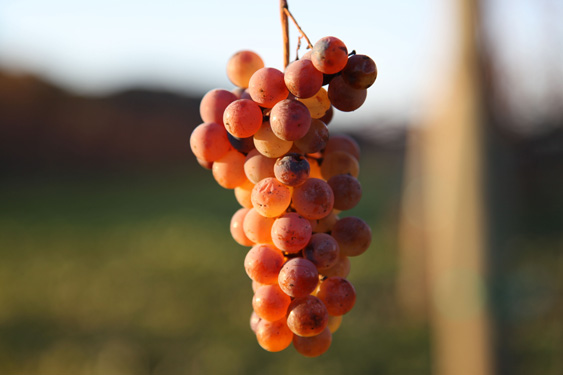
Chardonnay grapes not destined for Chablis
I mention the competitions because that’s how I judge the year-by-year pulse of Chardonnays being made globally. The hundreds of Chards (actually more like a thousand) I tasted in panel this year were remarkably balanced, clean, and crafty. Ten years, even five years ago we were smelling so much butter (diacetyl), so much French oak, or so many faults that we weren’t giving many medals. But the wines are gently leading Chardonnay drinkers to a more verve-y, crisper side of the grape. It’s encouraging to see these wines being made, winning medals, selling well and matching beautifully with foods from oysters to roast chicken. (Buttery/oaky chards may be sumptuous, but they tend to be a bit difficult to match with many foods.)
It’s unsavory in wine geek circles to love big buttery Chards. It’s the new White Zinfandel. As a winemaker you have to ask yourself the fundamental question: Do I want to make wines that will garnish high scores and sell, or do I want to make wines in a style that I want to craft and drink. There are lucky-souled winemakers out there who can do both. I have no doubt that Helen Turley loves the style of ultra-ripe, high-octane wine she creates, as I have no doubt that Robert Parker’s scores are perfectly consistent with Robert Parker’s preferences. But I’m not that way. In my head, overt ripeness homogenizes vineyard and regional character. This means that big, ripe wines all taste about the same. I guess I should be proud as a Californian that the world is trying to emulate the overblown and overpriced Cabernets and Chardonnays of the Napa Valley, but I prefer my Barolo to be tight on release, and a “super” Tuscan in my world can be 100% Sangiovese.
I also like my Chardonnay without the heavy flavor influence of new oak. Chablis is my style—flinty, high acid wines that are bright and fresh when young and impossibly mineral and complex when properly aged. The problem is that 90%+ of the world’s Chardonnay is grown in too warm of an area to make true Chardonnay. Chardonnay belongs in cool, coastal areas where it may not get properly ripe in cool vintages. It needs high calcium and silica soils to thicken the skins and produce that magic minerality when it’s properly structured with acidity. Commercial Chardonnays have done too good of a job getting the world hooked on commodity Chardonnay. As a result, high end California Chardonnays have sadly enjoyed flat sales. Maybe when the wine geeks realize that the world is no longer dominated by overblown, buttery, oaky Chardonnay, they’ll be willing to take a step back towards the most expressive and complex white wine varietal in the world.
Wes Hagen is Vineyard Manager-Winemaker for Clos Pepe Vineyards in the Santa Rita Hills AVA as well as a writer, wine consultant, and wine educator
This article first appeared on colorandaroma.com
photo: Bret Lyman

